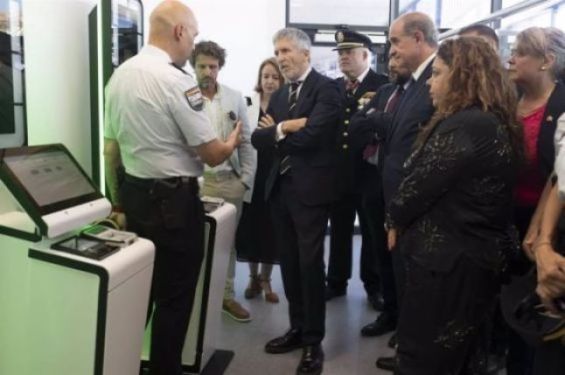The smart border between Ceuta and Morocco will be operational «before the end of the year», according to Spanish Interior Minister Fernando Grande-Marlaska.
During a visit to the autonomous city, he announced that «after six years of work and investments worth more than 22 million euros, Ceuta now has a modern border post adapted to the needs and requirements of the European Union, which will benefit the autonomous city and all its inhabitants».
After reporting on the completion of the border crossing's infrastructure, he said the smart border will be fully operational before the end of 2024, in accordance with expectations and deadlines set by the European Union.
The minister traveled to the Tarajal crossing accompanied by the government delegate for Ceuta, Cristina Perez, and the director general of police, Francisco Pardo. Marlaska toured the facilities of the three new terminals created at the border crossing for the entry and exit of pedestrians and vehicles. He received explanations on the reorganization of spaces, aimed at increasing efficiency and speed of movement.
The work included a comprehensive adaptation of the infrastructure, including interior spaces, surveillance systems, electricity generation, telecommunications, and security. The minister noted the implementation of the Entry/Exit System (EES), known as the Smart Border, which received 7.5 million euros from the investments made in the Tarajal region.
The EES is a flexible crossing system designed to facilitate passage for cross-border workers and Spanish residents living near Tetouan.
Surveillance camera systems and automated license plate recognition systems have also been upgraded. Other improvements to the border crossing facilities include new people detection equipment, metal brackets, luggage scanners, rapid fingerprint recognition systems, hand-held metal detectors, and access control systems.




 chargement...
chargement...












